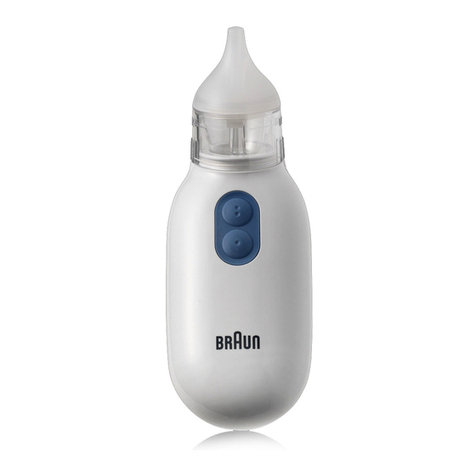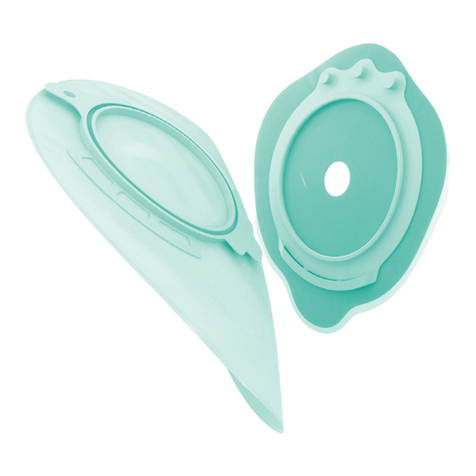Braun Aesculap S4 Manual
Other Braun Medical Equipment manuals
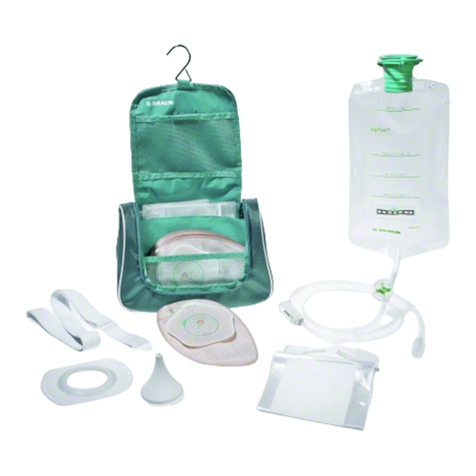
Braun
Braun Iryflex Set User manual
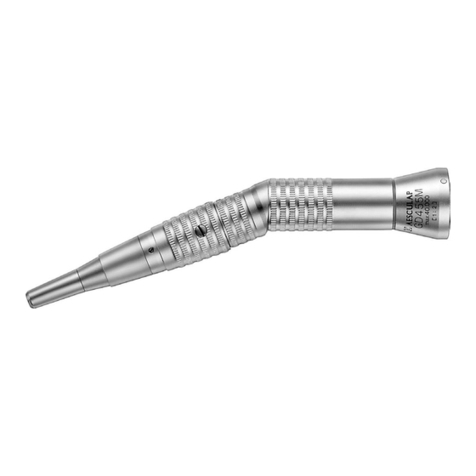
Braun
Braun Aesculap Reusable trocar system 5 mm Manual
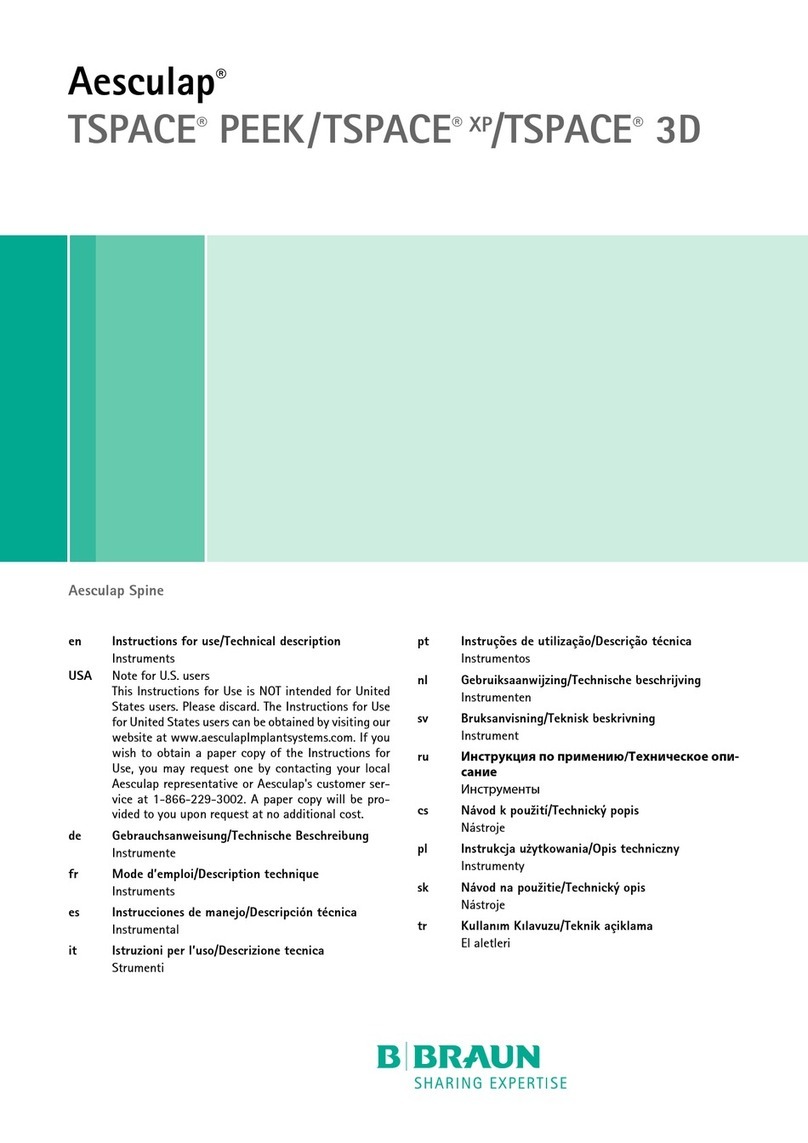
Braun
Braun Aesculap TSPACE PEEK Manual
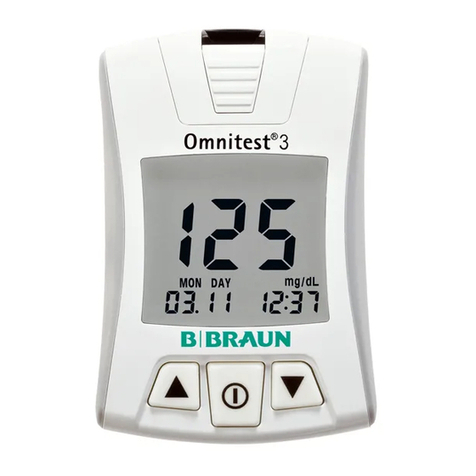
Braun
Braun Omnitest 3 User manual

Braun
Braun Aesculap activ L User manual

Braun
Braun Aesculap TSPACE PEEK Manual
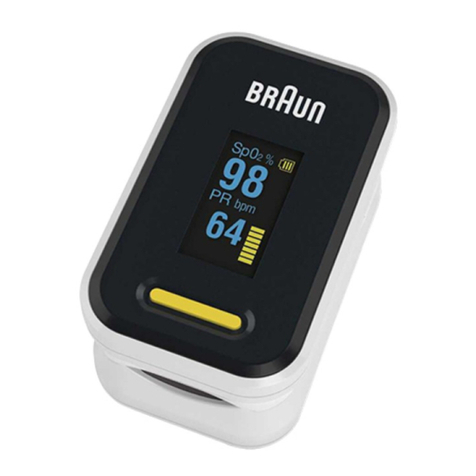
Braun
Braun YK-81CEU User manual
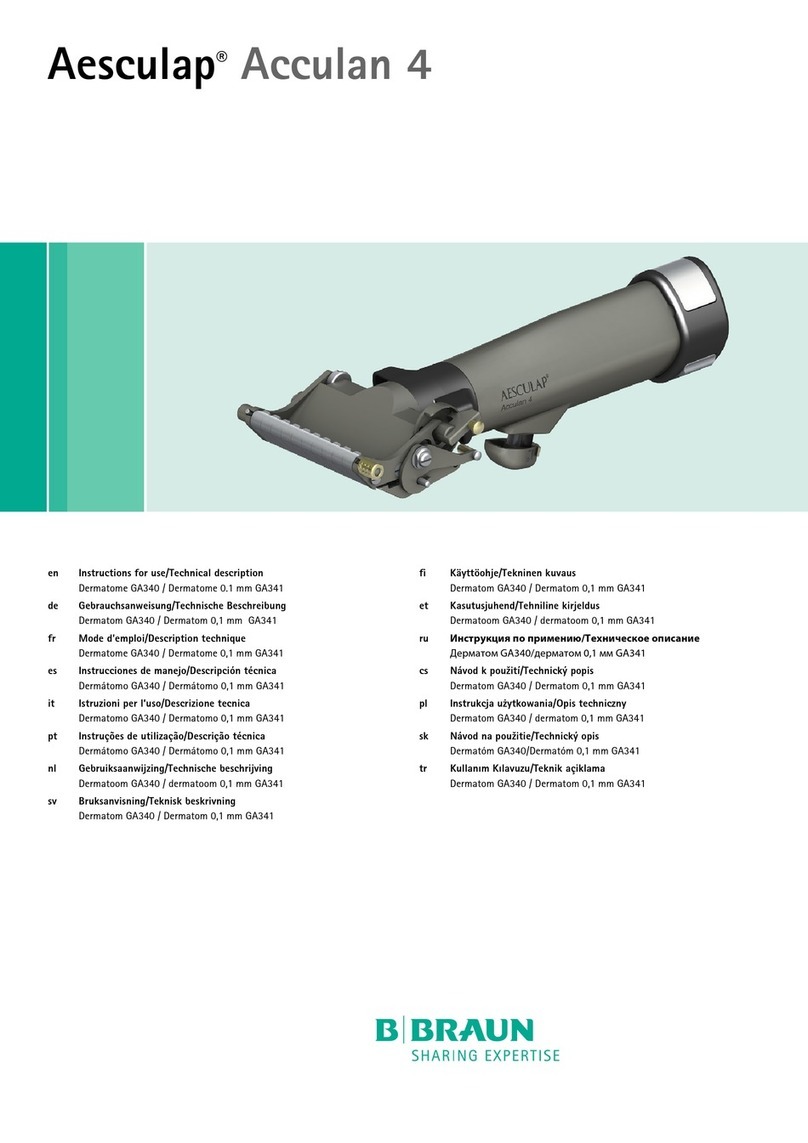
Braun
Braun Aesculap Acculan 4 Manual

Braun
Braun Aesculap ELAN 4 User manual
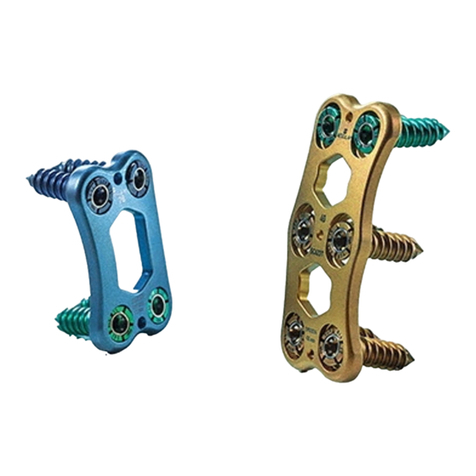
Braun
Braun Aesculap Quintex Manual

Braun
Braun Aesculap S4 Manual
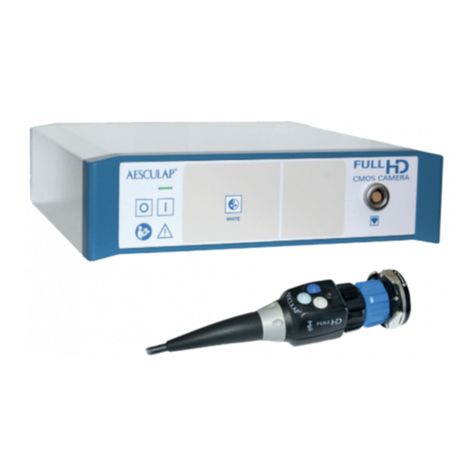
Braun
Braun Aesculap Manual
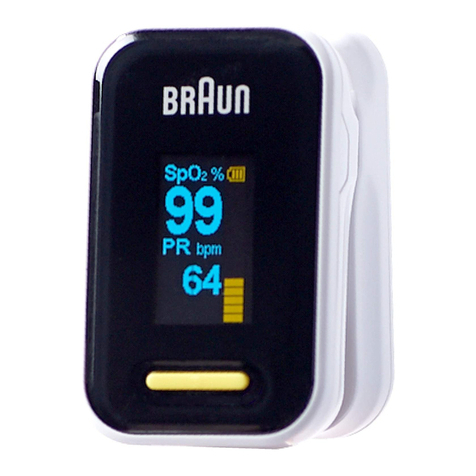
Braun
Braun BPX800 User manual

Braun
Braun Infusomat P User manual

Braun
Braun Aesculap Manual
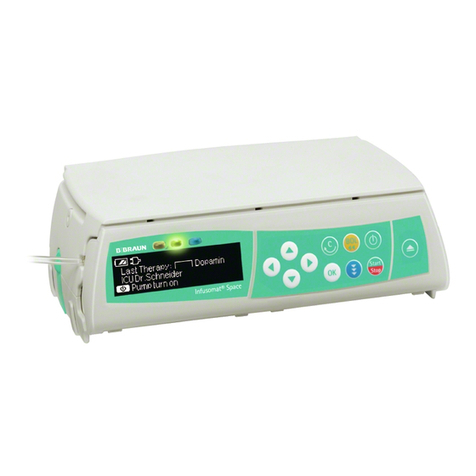
Braun
Braun Infusomat Space User manual
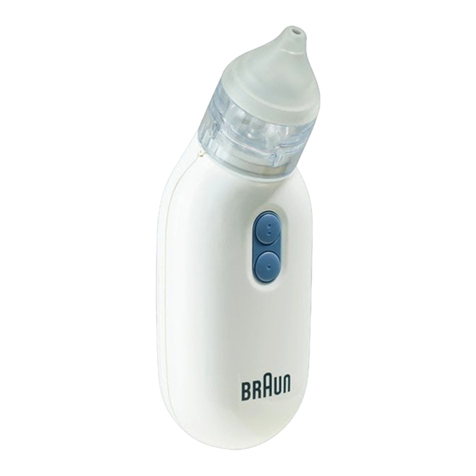
Braun
Braun BNA100US User manual
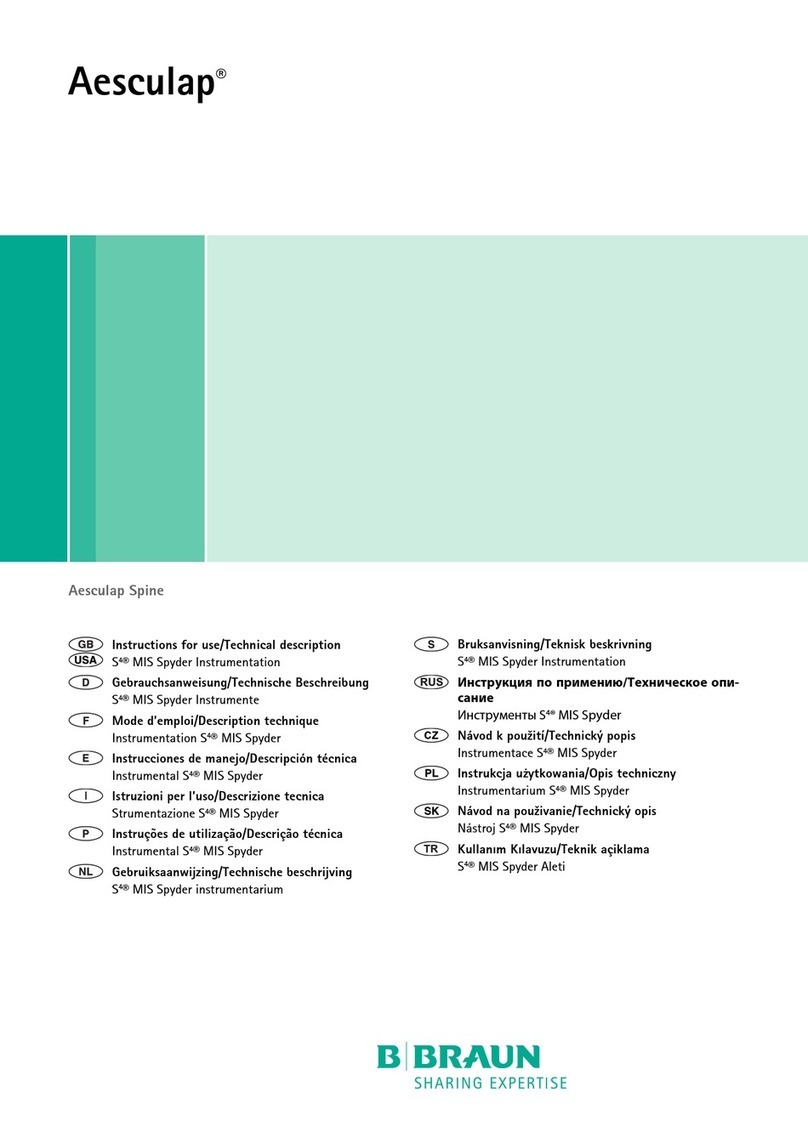
Braun
Braun Aesculap S4 MIS Spyder Manual

Braun
Braun Infusomat Space User manual
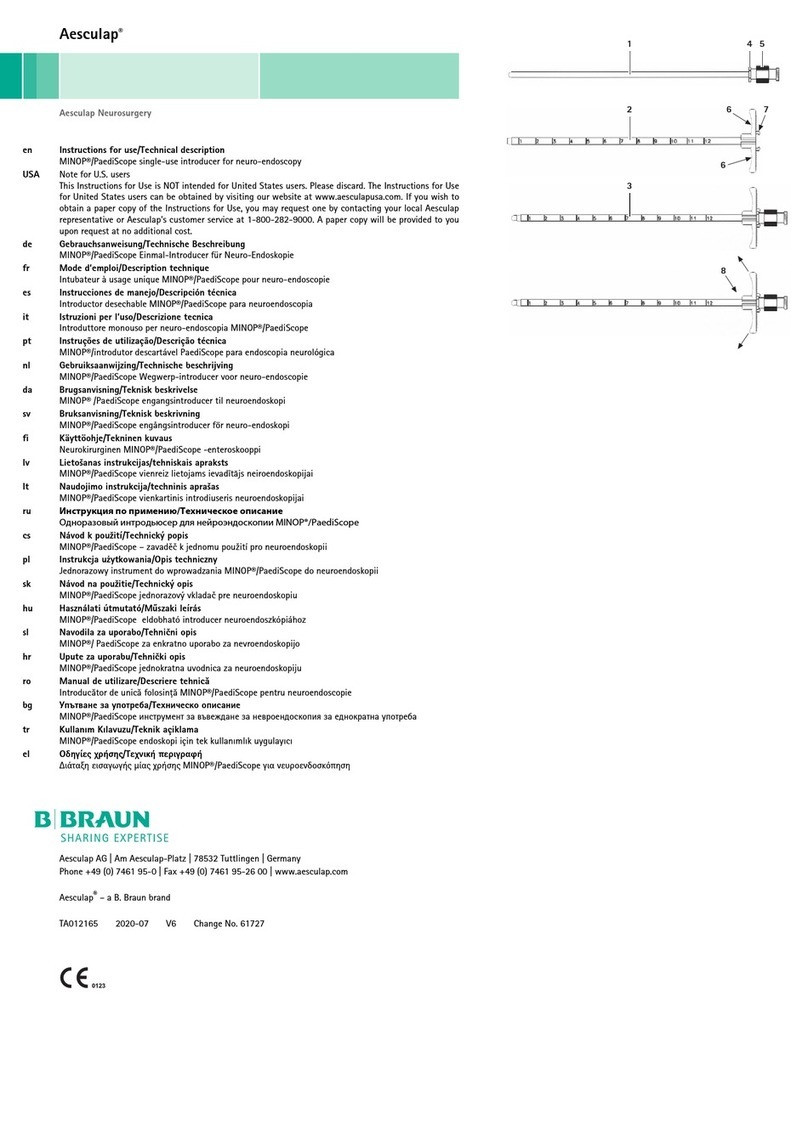
Braun
Braun Aesculap MINOP PaediScope Manual
Popular Medical Equipment manuals by other brands

Getinge
Getinge Arjohuntleigh Nimbus 3 Professional Instructions for use

Mettler Electronics
Mettler Electronics Sonicator 730 Maintenance manual

Pressalit Care
Pressalit Care R1100 Mounting instruction

Denas MS
Denas MS DENAS-T operating manual

bort medical
bort medical ActiveColor quick guide

AccuVein
AccuVein AV400 user manual
